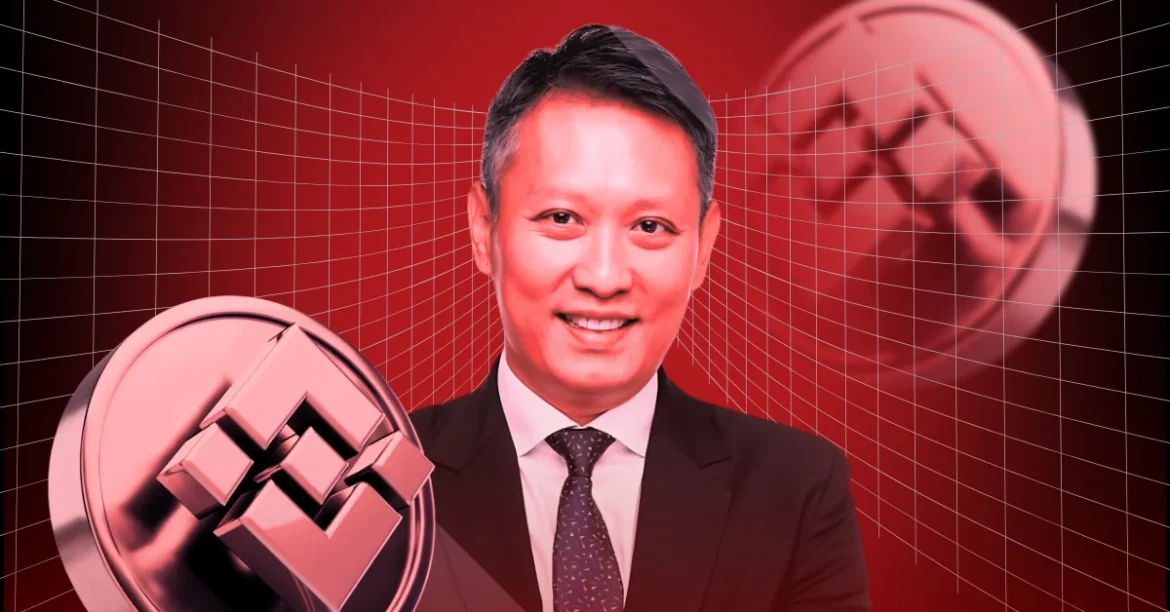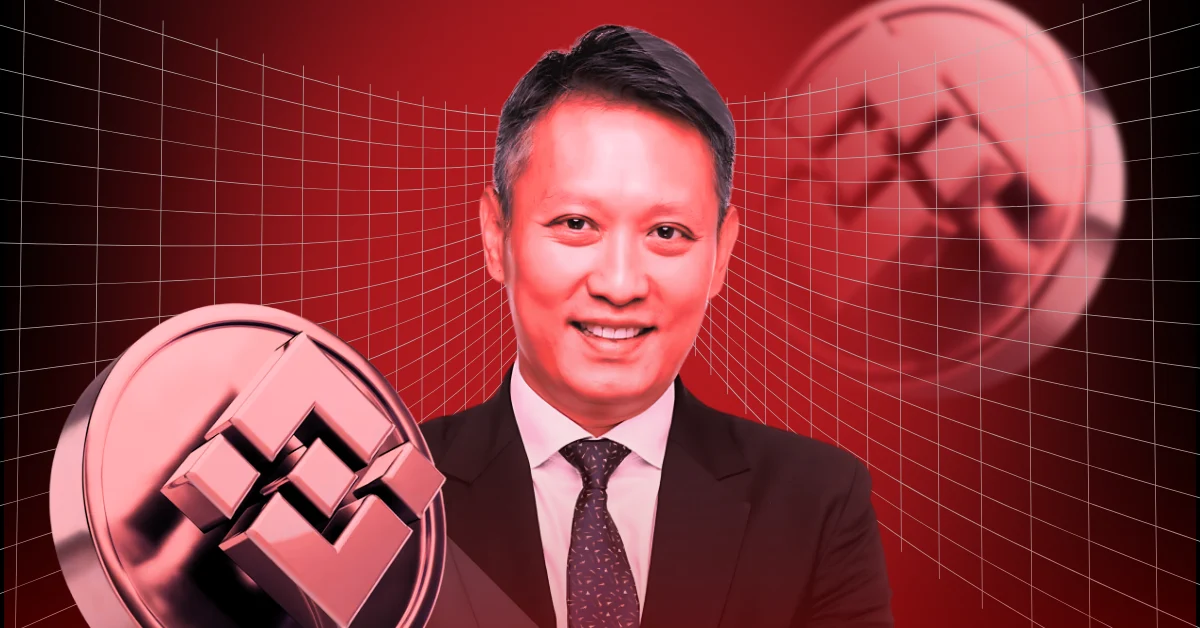Binance, the world’s largest cryptocurrency exchange by trading volume, has been a focal point of both admiration and scrutiny in the digital asset space. Its recent trajectory is marked by strategic expansions, regulatory challenges, and a concerted effort to professionalize its operations. This analysis explores Binance’s recent activities, including its foray into institutional lending, key executive appointments, and the ongoing legal and regulatory hurdles it faces.
Institutional Lending: A Strategic Pivot
Binance’s recent push into institutional lending represents a significant strategic shift. The exchange now offers loans with up to 4x leverage and, in some cases, zero percent interest. This move is designed to attract high-net-worth individuals and institutional investors, who are increasingly looking for ways to leverage their crypto holdings.
Targeting VIPs and Institutions
The eligibility criteria for these loans are highly selective, targeting VIP 5+ users or those who undergo a special institutional approval process. This exclusivity ensures that only sophisticated traders with a proven track record are eligible, reducing the risk of default. The stringent criteria also signal Binance’s intent to position itself as a premier destination for institutional-grade financial services.
Collateralization and Asset Support
Binance supports over 400 collateral assets, providing borrowers with a wide range of options to secure their loans. This flexibility is a significant draw for institutions seeking to manage their risk effectively. The borrowed funds are instantly deployed to dedicated margin accounts, streamlining the trading process and allowing institutions to capitalize on market opportunities quickly.
Implications for Market Liquidity
The introduction of institutional lending has the potential to significantly increase market liquidity. By providing institutions with access to leveraged funds, Binance is encouraging greater participation and trading volume on its platform. However, it also introduces increased risk, as leveraged positions can amplify both gains and losses. This dual-edged sword underscores the importance of robust risk management practices, which Binance must prioritize to maintain the trust of its institutional clients.
Executive Appointments: Strengthening Compliance and Expansion
Binance is actively recruiting seasoned professionals to bolster its compliance efforts and drive expansion into new markets. These appointments are strategic moves to enhance regulatory compliance and foster growth in key regions.
Gillian Lynch: A European Push
The appointment of Gillian Lynch, a former central bank official from Ireland, to lead Binance’s European operations is a strategic move to enhance regulatory compliance and foster growth in the region. Lynch’s experience in the traditional financial sector brings a level of credibility and expertise that can help Binance navigate the complex regulatory landscape in Europe. Her role is crucial in building relationships with European regulators and ensuring that Binance adheres to local laws and regulations.
Henrique Meirelles: Brazilian Expertise
Similarly, the recruitment of Henrique Meirelles, a former president of the Brazilian Central Bank and economy minister, to Binance’s advisory board underscores the company’s commitment to expanding its presence in key global markets. Meirelles’s deep understanding of the Brazilian economy and regulatory environment will be invaluable as Binance seeks to establish a foothold in this burgeoning market. His expertise can help Binance tailor its services to meet the unique needs of Brazilian investors and navigate the country’s regulatory framework.
Brian Brooks: A US Perspective
The earlier appointment of Brian Brooks, former Acting Comptroller of the Currency, as CEO of Binance.US highlights the importance of regulatory compliance in the United States. Brooks’s background in both the crypto industry and traditional finance positions him as a key figure in navigating the complex regulatory landscape in the US. His leadership is essential in addressing the regulatory challenges that Binance faces in the United States and ensuring that the exchange operates within the bounds of the law.
Legal and Regulatory Challenges: A Constant Battle
Binance continues to face a barrage of legal and regulatory challenges around the globe. These challenges range from accusations of violating anti-money laundering requirements to investigations into its business practices.
The CZ Saga
The legal troubles of Changpeng “CZ” Zhao, the former CEO of Binance, have cast a long shadow over the company. CZ’s guilty plea to charges that Binance violated US anti-money laundering requirements resulted in his stepping down from his role. This event underscores the seriousness of the regulatory scrutiny that Binance faces and the potential consequences for non-compliance. The fallout from CZ’s legal issues has raised questions about the company’s governance and risk management practices.
SEC Lawsuit
The Securities and Exchange Commission (SEC) has filed a lawsuit against Binance, alleging that the exchange violated securities laws. This lawsuit is a major challenge for Binance and could have significant implications for its operations in the United States. The SEC’s allegations highlight the need for Binance to demonstrate a commitment to regulatory compliance and transparency. The outcome of this lawsuit will be a critical test of Binance’s ability to navigate the regulatory landscape and maintain its position as a leading cryptocurrency exchange.
Allegations of Thwarted Investigations
Reports of Binance allegedly thwarting internal investigations into suspicious trading activity further compound its legal woes. These allegations raise questions about Binance’s commitment to transparency and regulatory compliance. The company must address these concerns and implement robust measures to ensure that it operates with the highest standards of integrity and accountability.
Russian Connections
Allegations of ties between Binance and a Russian FSB-linked agency have also surfaced, raising concerns about data sharing and potential conflicts of interest. These allegations highlight the geopolitical complexities that Binance must navigate as a global exchange. The company must be transparent about its operations and ensure that it adheres to international standards of conduct.
The Question of Regulation: Can Binance Adapt?
The question of whether Binance is capable of being regulated remains a central theme in its narrative. While Binance has vowed to do “everything” to comply with regulations, skepticism persists among regulators and industry observers.
A Commitment to Compliance?
Binance’s efforts to hire experienced professionals from the traditional financial sector and its investments in compliance technology suggest a genuine commitment to meeting regulatory requirements. However, its past actions and the ongoing legal challenges raise doubts about its ability to fully adapt to the demands of regulators. The company must demonstrate a consistent track record of compliance and transparency to build trust with regulators and the public.
The Need for Transparency
Transparency is key to building trust with regulators and the public. Binance must be more forthcoming about its operations, its financial structure, and its risk management practices. Without greater transparency, it will be difficult for Binance to overcome the skepticism that surrounds it. The company must prioritize transparency and accountability in all aspects of its operations to regain the trust of its stakeholders.
Zero-Interest Loans: A Closer Look
Binance’s offer of zero-interest loans to eligible borrowers is an intriguing development. While the details of this program are still emerging, it raises several questions about the economics and motivations behind it.
Marketing Ploy or Strategic Move?
One possibility is that the zero-interest loans are a marketing ploy designed to attract new institutional clients to the platform. By offering attractive financing terms, Binance can incentivize institutions to trade on its exchange and increase its market share. This strategy can help Binance differentiate itself from competitors and establish itself as a leading provider of institutional-grade financial services.
Risk Assessment
Another possibility is that Binance is using these loans to identify and assess the creditworthiness of potential borrowers. By offering loans with favorable terms, Binance can attract a wider range of applicants and gather data on their trading strategies and risk profiles. This information can be valuable in refining the company’s risk management practices and ensuring that it lends responsibly.
Lending with Crypto
Offering crypto loans can be dangerous if not handled appropriately. The draw of zero-interest may attract too many customers who cannot pay back the loan. This can have negative repercussions for all parties involved. Binance must implement robust risk management practices to ensure that it lends responsibly and minimizes the risk of default.
Conclusion: A Fork in the Road
Binance stands at a crossroads. Its future hinges on its ability to navigate the complex regulatory landscape, address its legal challenges, and demonstrate a genuine commitment to transparency and compliance. While its foray into institutional lending and its strategic executive appointments signal a desire to evolve into a more mature and regulated entity, its past actions continue to haunt it. Whether Binance can successfully transform itself from a disruptive upstart into a trusted and responsible player in the global financial system remains to be seen. The company’s ability to adapt to the demands of regulators and the evolving needs of its clients will be critical in determining its long-term success.





